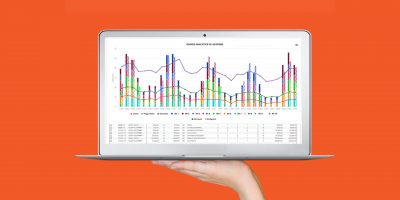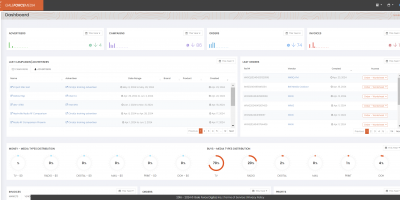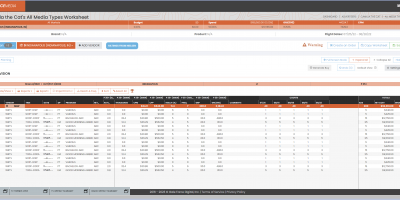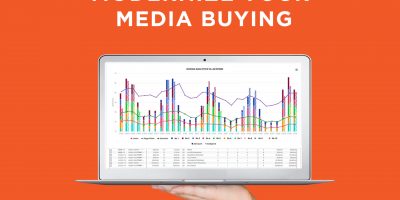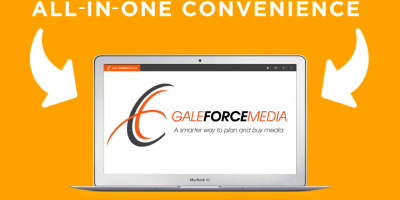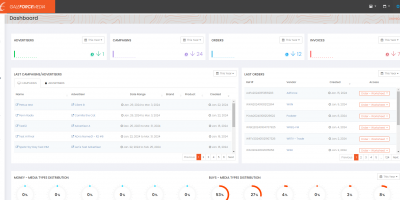Introduction
Programmatic advertising has become an essential component of marketing strategies. As technology continues to advance, advertisers are shifting towards automated processes that offer precision, efficiency, and better targeting capabilities. But how does programmatic advertising work? In this blog, we will delve into the world of programmatic advertising – what it is and the benefits.
What is Programmatic Advertising?
Programmatic advertising refers to the automated buying and selling of digital ad space in real-time through complex algorithms and data-driven decisions. It eliminates the need for manual negotiations and human intervention by utilizing technology to streamline the ad buying process.
Understanding the Process
Now, let us answer the question “how does programmatic advertising work?” We’re going to break it down to four simple steps:
- Demand-Side Platform (DSP): Advertisers use a demand-side platform (DSP), like AdForce, to set their campaign parameters, including target audience, budget, and ad formats. DSPs provide access to multiple ad exchanges and inventory sources, allowing advertisers to reach their desired audience effectively.
- Data-Driven Targeting: The success of programmatic advertising lies in data-driven targeting. Advertisers leverage a wealth of audience data, including demographic information, browsing behavior, and purchase history, to identify the most relevant users for their ads. By analyzing this data in real-time, advertisers can deliver personalized messages to the right individuals at the right time.
- Real-Time Bidding (RTB): Once the target audience is identified, programmatic advertising employs a process called real-time bidding (RTB). RTB enables advertisers to bid on ad impressions in an auction-based environment. When a user visits a website or app, an ad impression becomes available for auction. Advertisers submit bids through their DSPs, and the highest bidder wins the opportunity to display their ad to the user.
- Ad Serving and Display: After winning the auction, the DSP sends the ad creative to the ad exchange or supply-side platform (SSP), which then delivers the ad to the website or app where the user is located. This entire process occurs within milliseconds, allowing for seamless and instantaneous ad delivery.
Benefits of Programmatic Advertising
If you’re asking how does programmatic advertising work to improve your ad buying process, here are just some of the benefits you’ll experience:
- Efficiency – Programmatic advertising eliminates the need for manual negotiations, saving time and resources for advertisers.
- Targeting Accuracy – By leveraging vast amounts of data, programmatic advertising offers precise audience targeting, increasing the likelihood of reaching the right users.
- Real-Time Optimization – Advertisers can monitor campaign performance in real-time and make adjustments to optimize their ads for maximum effectiveness.
- Cost-Effectiveness – Programmatic advertising allows advertisers to set budgets and bid strategically, ensuring that they get the most value for their ad spend.
Conclusion
Programmatic advertising has revolutionized the way digital advertising operates. By leveraging technology, data, and automation, advertisers can reach their target audience with precision and efficiency. The process of programmatic advertising involves demand-side platforms, data-driven targeting, real-time bidding, and seamless ad serving. Embracing programmatic advertising can help businesses stay ahead in the ever-evolving digital landscape, enabling them to deliver personalized and impactful messages to their target customers.
How does programmatic advertising work within AdForce? We have all the tools you need to place successful ads in front of the right customers at the best price, as well as get accurate data for constant improvement. Contact us to get a free demo to see if AdForce is right for you and your team.


